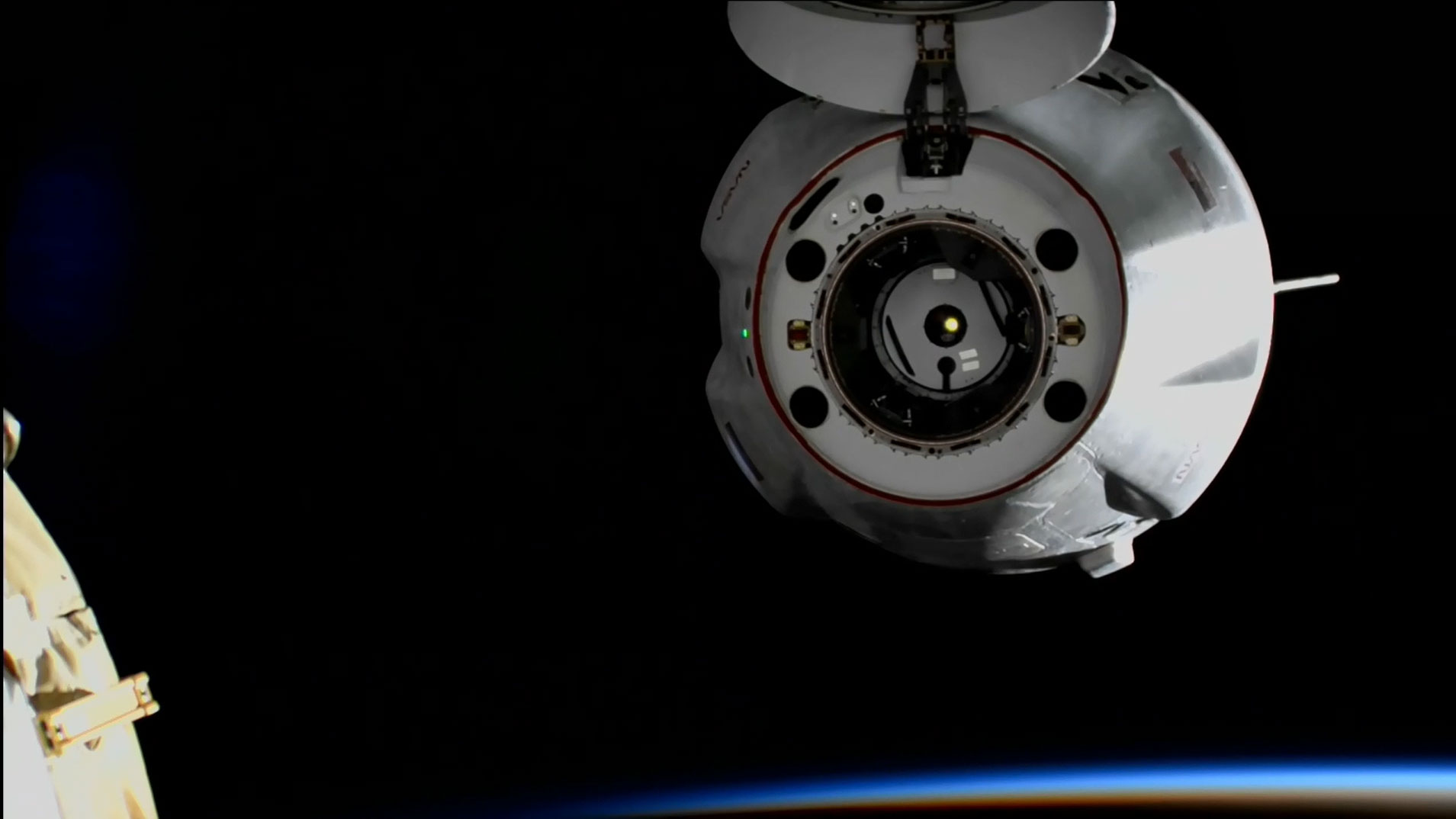Dragon Departs Station to Return Scientific Cargo to Earth

At 11:00 a.m. EDT, flight controllers on the ground sent commands to release the uncrewed SpaceX Dragon spacecraft from the forward port of the International Space Station’s Harmony module. At the time of release at 11:05 a.m., the station was flying about 259 miles over the Pacific Ocean.
The Dragon spacecraft successfully departed the space station one month after arriving at the orbiting laboratory to deliver about 4,000 pounds of scientific investigations and supplies.
Tomorrow, ground controllers at SpaceX in Hawthorne, California, will command a deorbit burn. After re-entering Earth’s atmosphere, the spacecraft will make a parachute-assisted splashdown off the coast of Florida. NASA TV will not broadcast the de-orbit burn and splashdown, and updates will be posted on the agency’s space station blog.
Dragon arrived at the space station July 16, following a launch two days prior on a SpaceX Falcon 9 rocket from Launch Complex 39A at NASA’s Kennedy Space Center in Florida. It was the company’s 25th commercial resupply services mission to the space station for NASA.
Learn more about station activities by following the space station blog, @space_station and @ISS_Research on Twitter, as well as the ISS Facebook and ISS Instagram accounts.
Get weekly video highlights at: http://jscfeatures.jsc.nasa.gov/videoupdate/
Get the latest from NASA delivered every week. Subscribe here: www.nasa.gov/subscribe
from Space Station https://ift.tt/tCO3UYz
Comments
Post a Comment